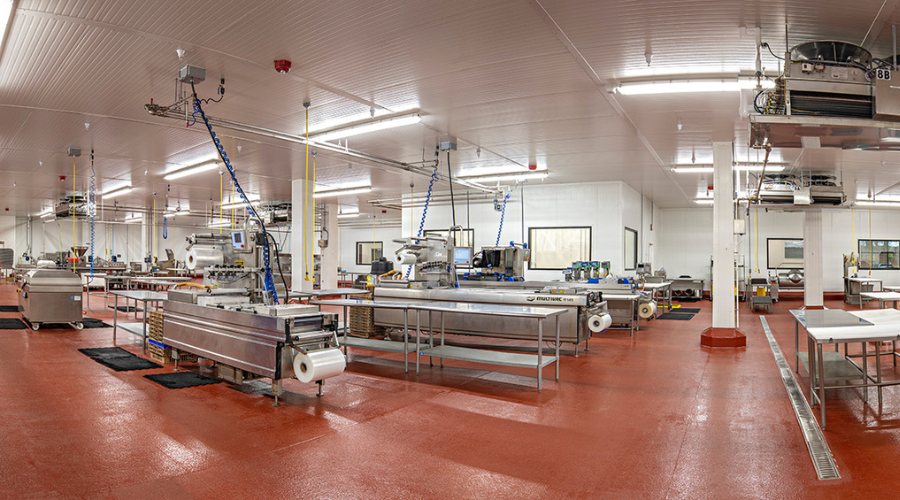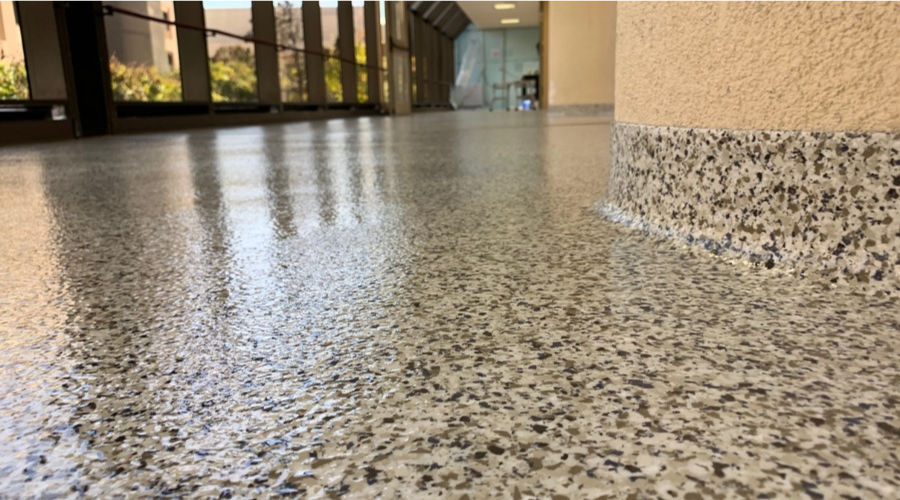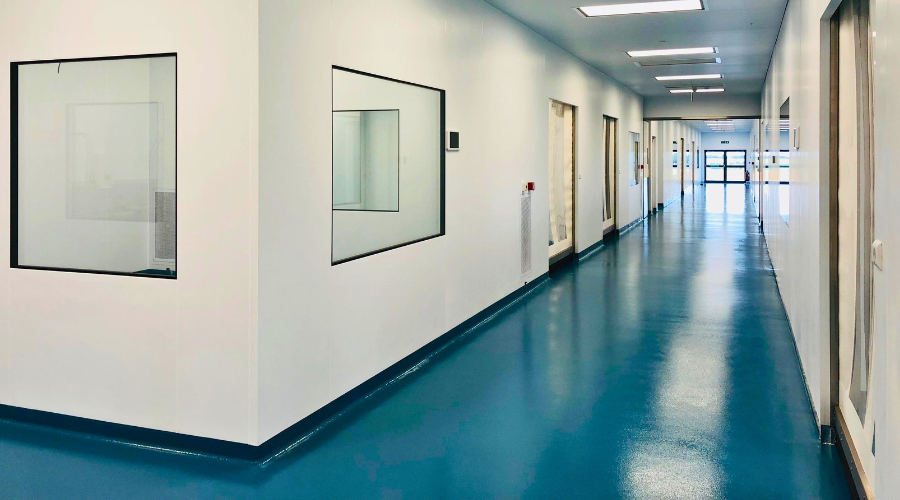Table of Contents:
Table of Contents:
In the world of food and beverage, your facility's hygiene is the number one priority. Sanitary design standards are critical to maintaining and improving the conditions of food and beverage processing facilities where failures in building design can lead to the growth of bacteria like listeria, and ultimately cause product contamination. Product contamination issues can lead to product recalls, revenue loss, brand damage, and consumer illness. In this blog post, you will learn about HACCP, HACCP International Certification, and how your flooring system is a key component in meeting hygienic standards.
What is HACCP?
HACCP, an acronym for Hazard Analysis Critical Control Point, is a process control system that identifies where hazards might occur in the food production process.[1] HACCP puts in place strict actions to prevent such hazards from occurring.
What is an HACCP International Certification? Should My Floors Be Certified?
HACCP International is a product certification company that acknowledges companies for following HACCP standards – this includes utilizing food safe equipment, products and services that support the food and beverage industry. HACCP International’s certification mark confirms a non-food product’s ability to support the integrity and safety of food as demanded by industry expectations, legislation and GSFI (Global Food Safety Initiative) endorsed standards.
The world’s leading food businesses operate to very high standards which require scrutiny in the selection of non-food materials and equipment that come into contact with the food products – this extends to a facilities floors, too. Facility managers often have questions about USDA and FDA certifications and regulations. While HACCP International certifies food safe floors, the FDA and USDA do not, but they do provide guidelines that can be met or exceeded.
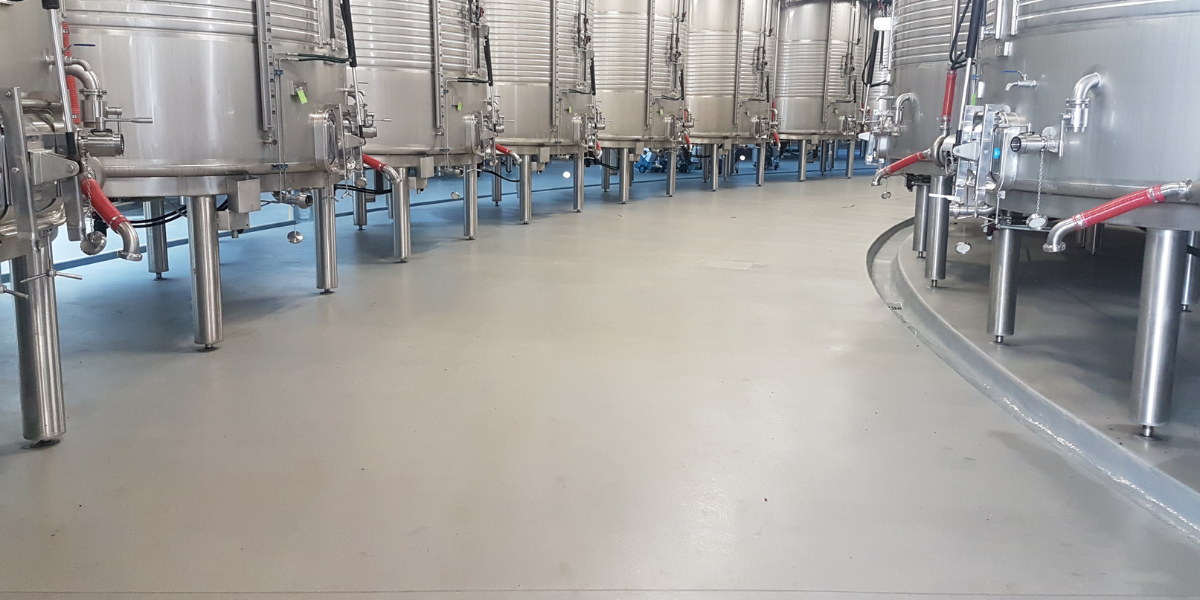
Pictured in this winery production room, Stonshield SLT provides food & beverage environments with a seamless and hygienic surface.
HACCP compliance for floors is essential to avoid a number of things including:
- Contamination and food-borne illness
- Mold and mildew in kitchens as an eyesore and a safety hazard
- Legal repercussions
Meeting the Criteria for Hygienic Flooring in Food and Beverage Processing Facilities
Given the list above, only certain floors follow the criteria needed to meet HACCP standards. These floors must be easy to clean and resistant against chemicals found in cleaning products. Most importantly, a hygienic HACCP-approved floor is often seamless – meaning there are no joints or ridges that allow for harmful bacterial growth. Cracks and pores are breeding grounds for germs, and having a seamless floor protects against potential trapped dirt and grime. Further, seamless floors make draining water and other liquids a lot easier; a smooth, flat surface allows for liquids to reach the drainage system much faster.

Hygienic curbs create a smooth transition between walls and floors, preventing dirt and bacteria buildup in food & beverage facilities.
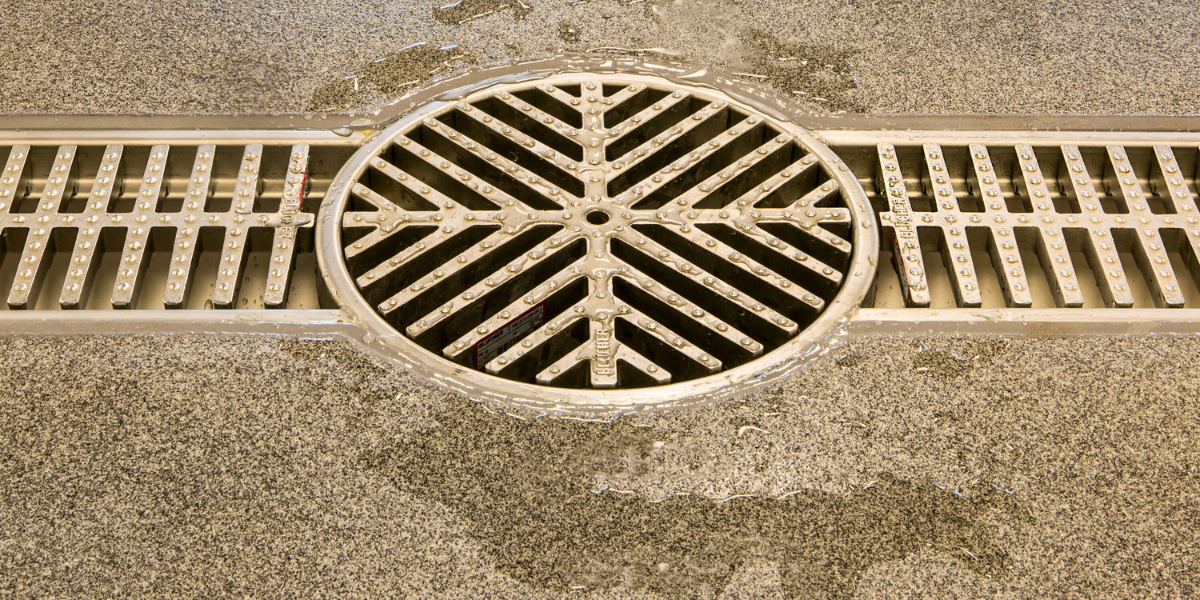
Rounded stainless steel drains installed with seamless flooring provide food & beverage facilities with fast drainage and superior hygiene.

Curbs are designed to withstand moisture, impact, and harsh cleaning, keeping your facility safe and sanitary.
One Floor, Wall, and Drain System for Sanitary Design
For comprehensive HACCP compliance, view the floors, wall protection, and drains of your facility as one entity. Moisture resistance, thermal shock resistance, and anti-microbial properties must all be taken into consideration when choosing the correct floor, wall, and drain systems. Failure to account for even one of these systems can lead to the failure of another.
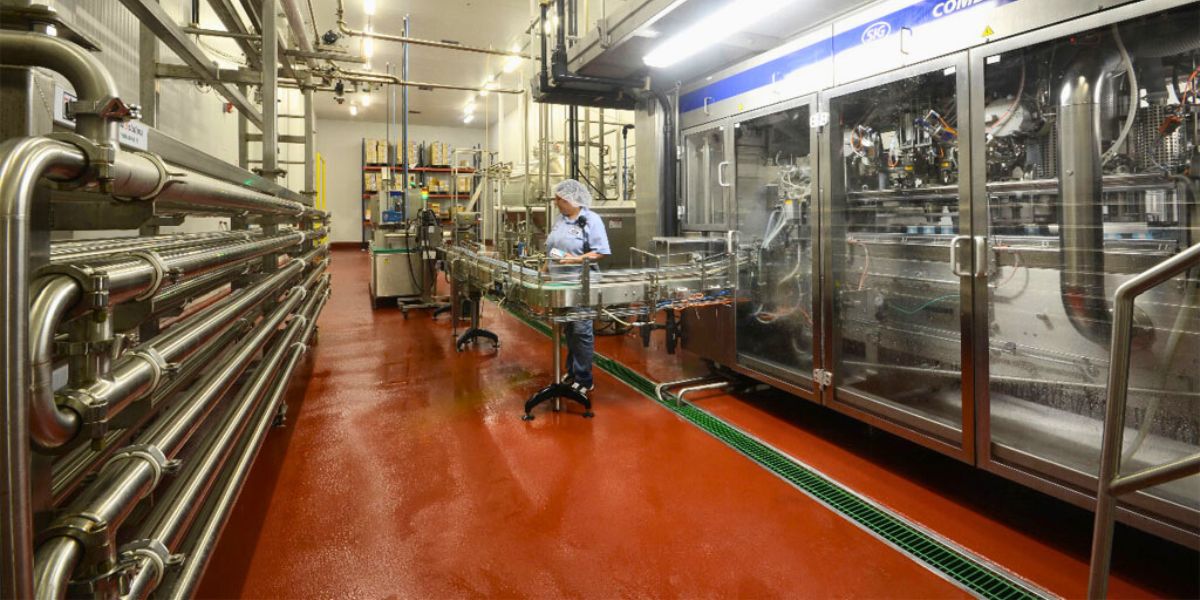
Seamless floors help commercial kitchens combat moisture, extreme temperatures, stains, abrasion, wear, and more.
Stonhard Solutions for Food & Beverage Facilities
Stonhard currently has HACCP (Hazard Control and Critical Control Point) International Certification on six flooring products used within the food & beverage industry. We are committed to providing safe and sanitary products for industry, and in doing so, have partnered with Blucher drains and PolySto wall curbs to provide a Total Hygienic Solution.
Related Articles
Loving this Content?
Subscribe to upcoming topics!


